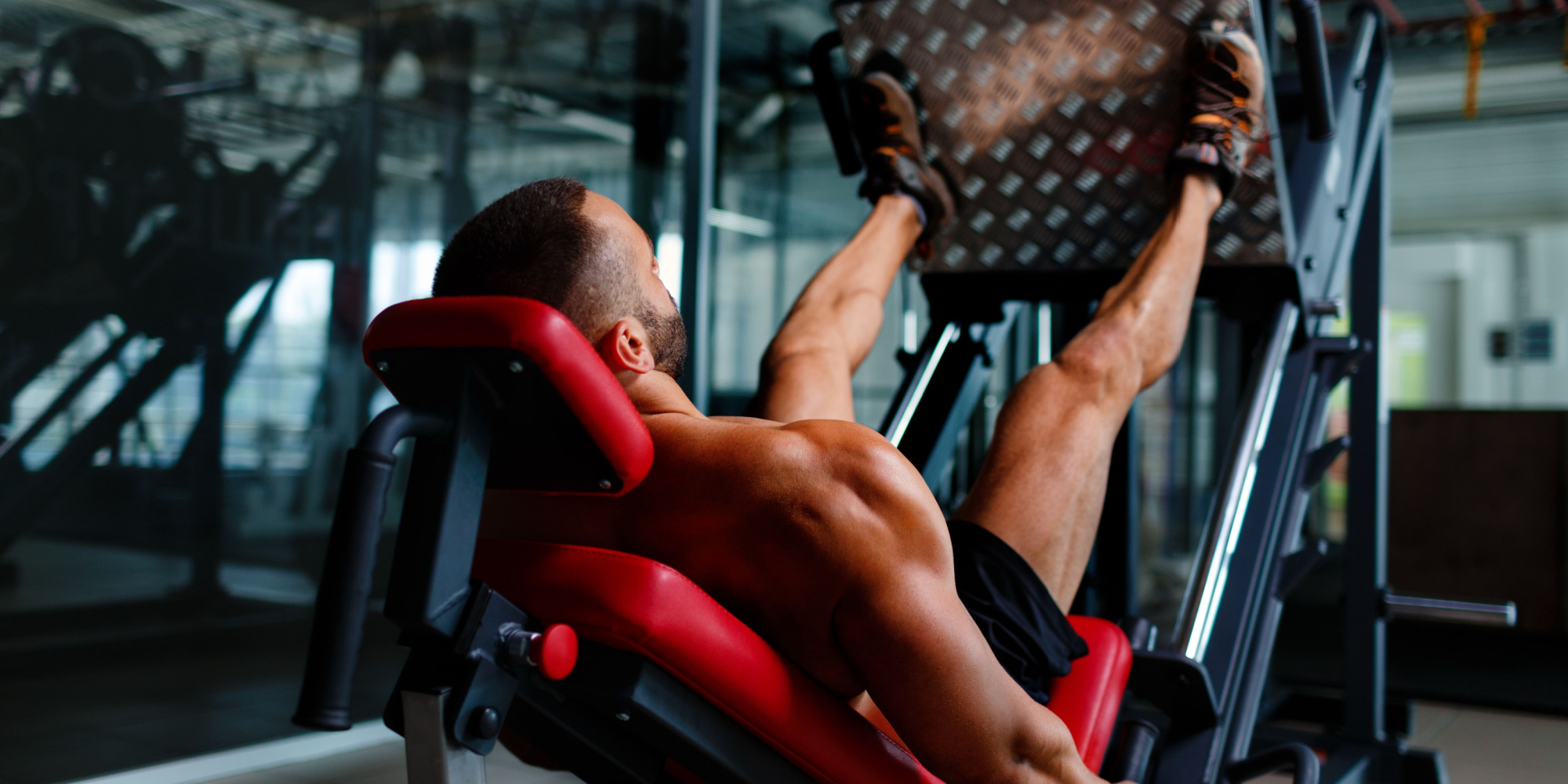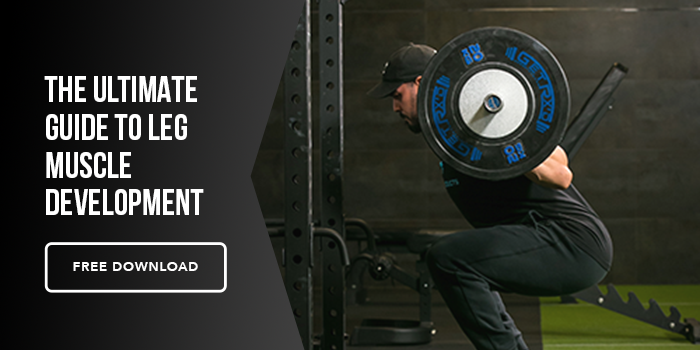No matter what our goals are, we all want nice legs. Whether that means more definition, better strength, or improved endurance, nice legs can have multiple definitions.
For those who want to grow their muscles, training will vary slightly from those who want to “lean out.” I word it this way because there are some people who don’t care too much about strength, and would prefer a more aesthetically-favorable look where muscle definition is the goal.
Either way, weight training always comes into play.
If you’re reading this, you want bigger, stronger legs. Heavy weights will most definitely be your friend, but there are other factors you will need to consider.
Choose the Right Exercises
I can write article after article containing all the exercises that can help you grow bigger legs. But essentially, you want to do variations of these exercises: squats, deadlifts, hip thrusts, lunges.
One thing they all have in common is that these movements, and most variations of them, don’t involve machines. There is nothing inherently wrong with machines, but when it comes to how much muscle you can grow, machines pale in comparison to free weights.
Free weights force you to engage nearly all parts of your body. Leg presses allow you to sit, and relax the torso. Try relaxing your upper body during a squat–that won’t turn out well.
If free weight exercises feel intimidating, you don’t need to go straight to a barbell, hex bar, or kettlebells. You can start with dumbbells, or even resistance bands. Despite what some people may think, resistance bands are just as effective at building muscle.
Train Your Legs With a Full Range of Motion
Another reason why I love free weights for building leg muscles is that they allow you to train your muscles through their full range of motion. Machines don’t let you do that. It has been shown that full range of range motion produces better results in terms of muscle hypertrophy than limited range of motion.
Think of it this way. When we increase our range of motion, we are elongating and contracting the muscle through a wider range. This means more muscle fibers are being activated and stressed since more microtrauma in the musculature is occurring. You can get some results limiting your range of motion during your exercises, but you will also be at risk of causing detriments to overall flexibility and range of motion through the joint. If the muscle and joint is used to only working in a limited motion, an injury to the joint or surrounding tissue is likely to incur when unexpectedly stretched past its normal limits.
Apply Appropriate Intensity
This shouldn’t come as a big surprise, but you need to do some WORK if you want to grow big legs. Your days of staying comfortable with your usual weight selection are over–it’s time to make some changes.
You can adjust the intensity in a few ways. The obvious solution is to start lifting the next, heaviest weight. If you always grab the 20-pound dumbbells for your front-loaded squats, try going for the 25s, or even 30s. Odds are, you can complete the same number of reps with the 25-pound dumbbells, and only decrease your rep range by 2 or 3 with the 30s.
This leads into adjusting the rep range; the best rep range you should be in for building big leg muscles is what you aren’t doing now. If you have lifted in the 8-10 rep range for months, try a 4-8 or 12-15 rep range. Going with fewer reps means you will need to increase the number of sets to 4, or possibly 5. However, some people experience a little more joint and muscle soreness from the increased weight being lifted during shorter rep ranges. If you do go for higher weight and shorter rep ranges, remember to practice proper recovery days, and program your workouts effectively so that you allow a lower-intensity week every 4 to 6 weeks.
Another way to adjust the intensity is to adjust the tempo. I personally like to slow down the movement, so that I can increase time under tension. Challenge yourself by following a 5-1-5-1 tempo: 5 counts for the lowering or eccentric phase, 1 count to pause, 5 counts for the lifting or concentric phase, and 1 count to pause before going into the next rep. You will probably have to go down in weight (and that’s okay!), but I promise you’ll be feeling the soreness the first time you work out this way.
As always, proper mechanics are key. If you aren’t maintaining proper form throughout each exercise, muscle recruitment will suffer, and engagement won’t be as strong. When engagement is weak, you are bound to see a delay in muscle growth.






